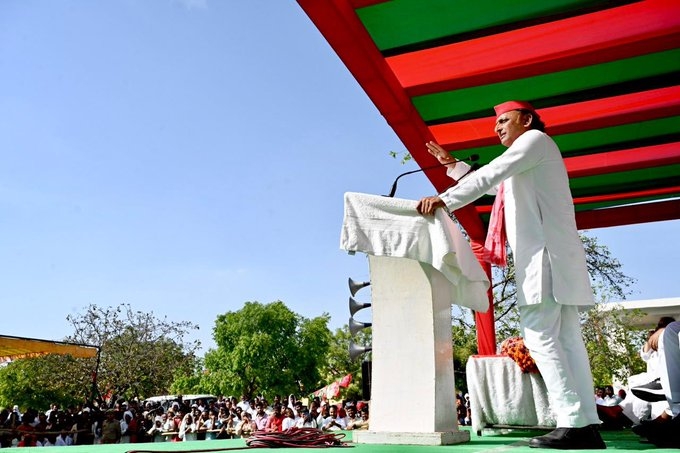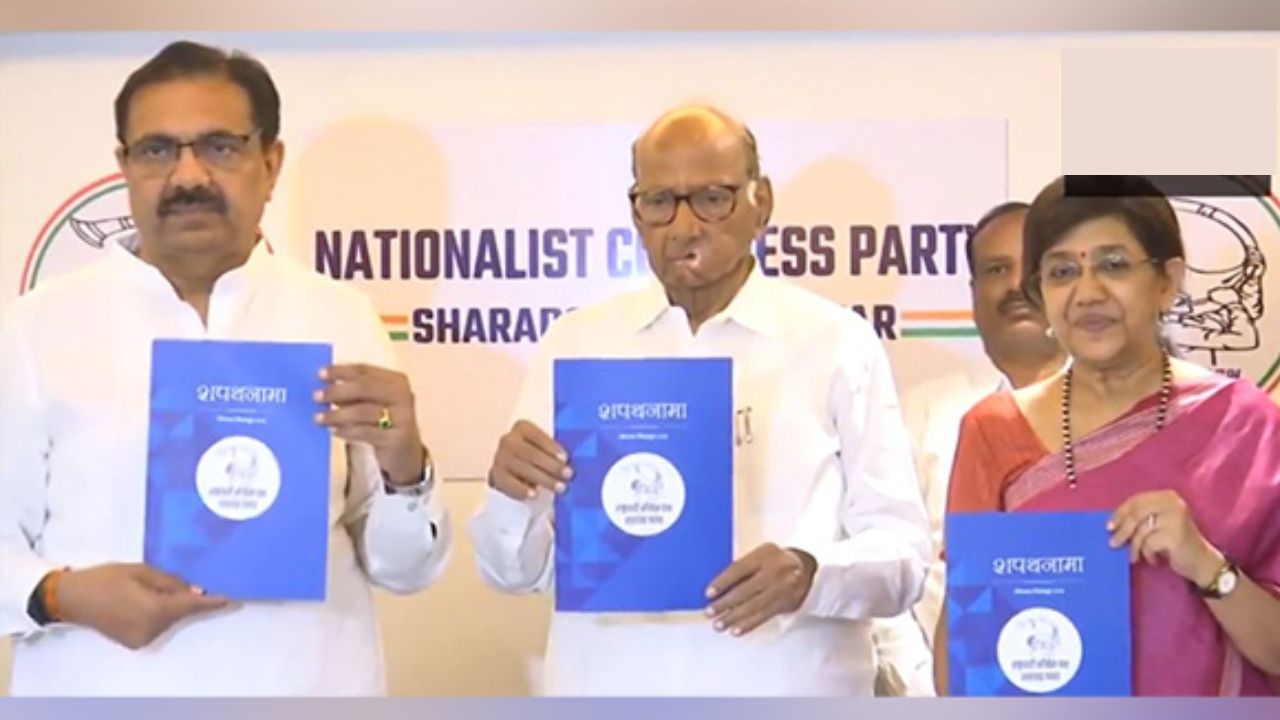Six reasons why Smriti Irani will not be BJP's CM candidate in UP
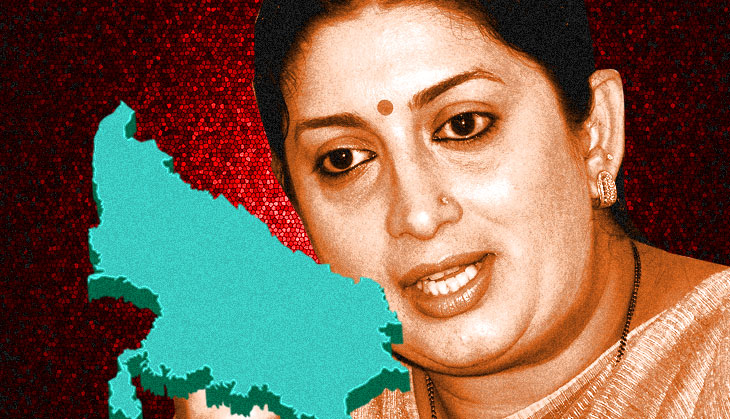
- Smriti Irani is being touted as the BJP\'s possible CM candidate for the UP Assembly polls in 2017
- The rumours have gained ground since the Assembly election results came out in five states on 19 May
- However, Irani looks unlikely to inherit this position, because she is considered an \'outsider\'
- She is facing particular resistance from leaders of the Rashtriya Swayamsevak Sangh
- The other important reasons why Irani may lose out
- How she can still contribute to the BJP\'s election campaign
The power corridors of Delhi are abuzz with rumours that Union Minister of Human Resource Development, Smriti Irani, might get a new assignment in poll-bound Uttar Pradesh. The speculation gained ground after the election results in five states came out on 19 May.
It is being said that Irani could be handed the charge of party affairs in the state, and the formal decision might come during the next cabinet reshuffle.
Also read - Kumbh politics for UP2017: while BJP woos Dalits, BSP eyes Brahmins
The firebrand leader had unsuccessfully contested the last general elections against Rahul Gandhi from Amethi. However, she has not severed her ties with the constituency, and keeps visiting the traditional Congress bastion.
Several party sources claim the top BJP leadership has instructed Irani to remain active in Amethi. Is it because party strategists are mulling the idea of projecting her as the party's face in India's politically most important state? The answer lies in understanding the ground realities of the state's politics, and Irani's relevance to BJP's plans.
The thing, though, is that the strategy of contesting the elections in Modi's name and then air-dropping a leader without much mass appeal, like the BJP employed successfully in Haryana, Maharashtra and Jharkhand, may not work in a state as complex and vital as UP. Moreover, the RSS has a significant say in the BJP's decision-making process in UP.
Here are some of the factors that could reduce Irani's chances of getting elevated to the party's official chief ministerial candidate.
Swayamsevaks
Uttar Pradesh is arguably the most important state for the RSS. Many of the issues central to its agenda, like Ayodhya, Mathura and Kashi, are rooted in the state.
Kalyan Singh, the famous poster boy of RSS, was at the helm of affairs in the state during the Babri Masjid demolition. Power lay in the hands of dedicated swayamsevaks like Rajnath Singh and Ram Prakash Gupta in the years that followed.
The fact that Irani does not come from an RSS background could hamper her prospects. According to RSS sources, only a leader deeply connected to the Sangh Parivar would be allowed to take over the party in UP.
As one senior Sangh functionary puts it: "The politics in UP is not determined by a single factor. We have intricate caste and regional equations and above all, the RSS ideology. Irani does not fit in any of these considerations."
The Sangh brass is reportedly not impressed with Irani's performance as HRD minister. The same RSS leader says: "Her track record as Union Minister has not evoked any particular elation or confidence within the RSS circles. BJP might have electoral compulsions, but it is a question of ideology to us."
It is clear that Sangh will have the last word in deciding the party's face in UP, and Smriti Irani does not seem to be its unambiguous choice.
Intra-party rivalry
A long list of illustrious leaders has not helped BJP's cause in UP. Apart from national-level leaders like Rajnath Singh, Kalyan Singh and Murli Manohar Joshi, BJP has a large number of former state presidents and state ministers among its ranks. Still, the party has been on a constant decline in UP for over two decades.
Many people have compared the state party unit to a kitchen that has many utensils, but none fit for mortgaging.
Though the resounding success of the 2014 general elections has covered this lacuna to some extent, there is no dearth of state leaders who fancy their prospects for the top job. Yogi Adityanath is one such leader, with a considerable mass base. The hardline rightist MP from Gorakhpur even has his own organisation called 'Hindu Yuva Vahini'. He has even fielded candidates under its banner.
The party has so far kept Adityanath's ambitions in check. He has been denied a ministerial berth at the Centre, despite the fact that he is a three-time MP. Several other comparatively new leaders have marched ahead of him in the game of power.
Leaders like former state unit chief Laxmikant Bajpai, Union Minister of State for Railways Manoj Sinha, Om Prakash Singh and Surya Pratap Shahi also fall under the same category.
There is no doubt that Modi's writ runs large in the BJP after the 2014 elections. However, any effort on his part to impose a leader from outside could trigger an intra-party feud. This will not bode well for the BJP, especially at a time when there are signs that Modi's charisma is waning.
Party leaders would do well to take lessons from the Congress in the state. The grand old party has almost been relegated to oblivion during the past three decades. The party organisation lies in tatters, and struggles to maintain a poor fourth spot in the state politics.
Also read - Uttar Pradesh 2017: here's your primer to the caste cauldron
The Congress high command has entrusted Prashant Kishor with the task of reversing these fortunes. Yet, the old party horses are not willing to cede any space to Kishor. The master poll manager has faced an open revolt during several meetings. There are even rumours that Kishor might be forced to dissociate himself from the party.
Any attempt on Modi's part to enforce his choice on the state leadership could have similar consequences.
The caste factor
No party can afford to move a step in UP without keeping in mind caste equations. The BJP is confident about the support of the forward caste voters. Its strategy is to consolidate a section of Dalits and backward classes.
Keshav Prasad Maurya, a leader from the most backward caste, was recently made the state president under the same plan.
In a state deeply divided along caste lines, most parties choose their leadership to send a signal to specific caste groups. But, Irani does not fit into any caste equation that could appeal to any significant vote bank.
The 'outsider' factor
Identity politics has always dominated the deeply fractured polity of the state.
"The party had tried to shift Uma Bharti from Madhya Pradesh to UP during the last state elections. However, the results were disastrous as the party was confined to just 48 seats. One can imagine whether Irani stands a better chance than Bharti," says one state BJP leader.
Opposition parties are likely to raise the issue of Irani's 'outsider' status, in the event of her ascension as BJP's CM candidate. The party's central leadership faces the pressure of repeating the stellar performance of the 2014 polls, which saw the NDA winning 73 out of 80 seats. It would not like to take the risk of placing its bets on Irani in such a situation.
The Dalit factor
Addressing Parliament during the debate on Rohith Vemula's suicide, Irani had portrayed herself as a motherly figure filled with empathy for Dalit students. Yet, the charge of forcing Vemula to commit suicide has stuck to HRD ministry and Irani's ministerial colleague Bandaru Dattatreya.
It had emerged that Irani's ministry had written several letters to the Vice-Chancellor of Hyderabad Central University (HCU) for the rustication of Vemula and his fellow agitating students. Dattatreya had apparently pressurised the ministry for the same.
The issue of Vemula's suicide reverberated in campuses across the country, denting the BJP's attempts to woo Dalits in a big way.
The party has taken several steps to refurbish its image as a pro-Dalit party. From celebrating Ambedkar's legacy to commemorating Dalit icons like Suhaldev and saint Ravidas, BJP has gone out of its way to change its image of a predominantly upper caste party.
Many analysts see this as a part of BJP's 'Mission UP'. However, handing over the party's reins to Irani in UP could undo these efforts. BJP is up against BSP and its leader Mayawati in the state, the pro-Dalit credentials of both are certainly no match for Irani.
"The anointment of Irani will favour Mayawati. Such a move could further consolidate Dalits in BSP's support," says a senior party leader. There is little possibility that the BJP would be willing to take such a big risk.
Irani's controversial image
Irani is no stranger to controversies. She has constantly hit the headlines for all the wrong reasons after becoming a Central minister.
Apart from the row over her own educational degrees, Vemula's suicide and the UGC-NET fiasco, she had also been associated with spats of a non-political nature - like her allegations of a hidden camera in a shop in Goa.
Irani's repeated trysts with controversy have angered many leaders in the top echelons of the Sangh Parivar. A large segment of the party already begrudges her closeness to the Prime Minister.
This is not to say that Irani will have no role to play in the electoral battle of Uttar Pradesh. The Congress is gearing to field Priyanka Gandhi Vadra in its campaign.
On the other side of the spectrum is a fiery leader like Mayawati. The BJP could take Irani's services as a star campaigner to counter their influence.
This is especially more likely as Sushma Swaraj is not keeping in good health these days.
But, the big question is, will Irani be content with this role?
More in Catch - In denial: Congress takes refuge in 'introspection', again
First published: 24 May 2016, 9:15 IST

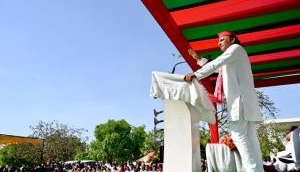
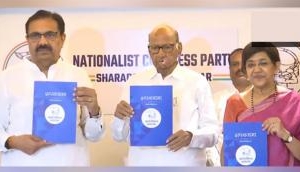
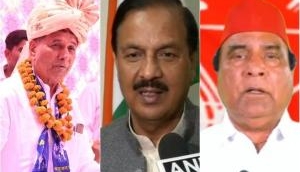
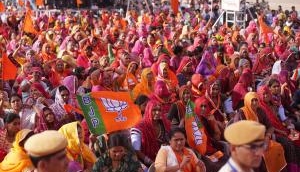

![BJP's Kapil Mishra recreates Shankar Mahadevan’s ‘Breathless’ song to highlight Delhi pollution [WATCH] BJP's Kapil Mishra recreates Shankar Mahadevan’s ‘Breathless’ song to highlight Delhi pollution [WATCH]](http://images.catchnews.com/upload/2022/11/03/kapil-mishra_240884_300x172.png)

![Anupam Kher shares pictures of his toned body on 67th birthday [MUST SEE] Anupam Kher shares pictures of his toned body on 67th birthday [MUST SEE]](http://images.catchnews.com/upload/2022/03/07/Anupam_kher_231145_300x172.jpg)


